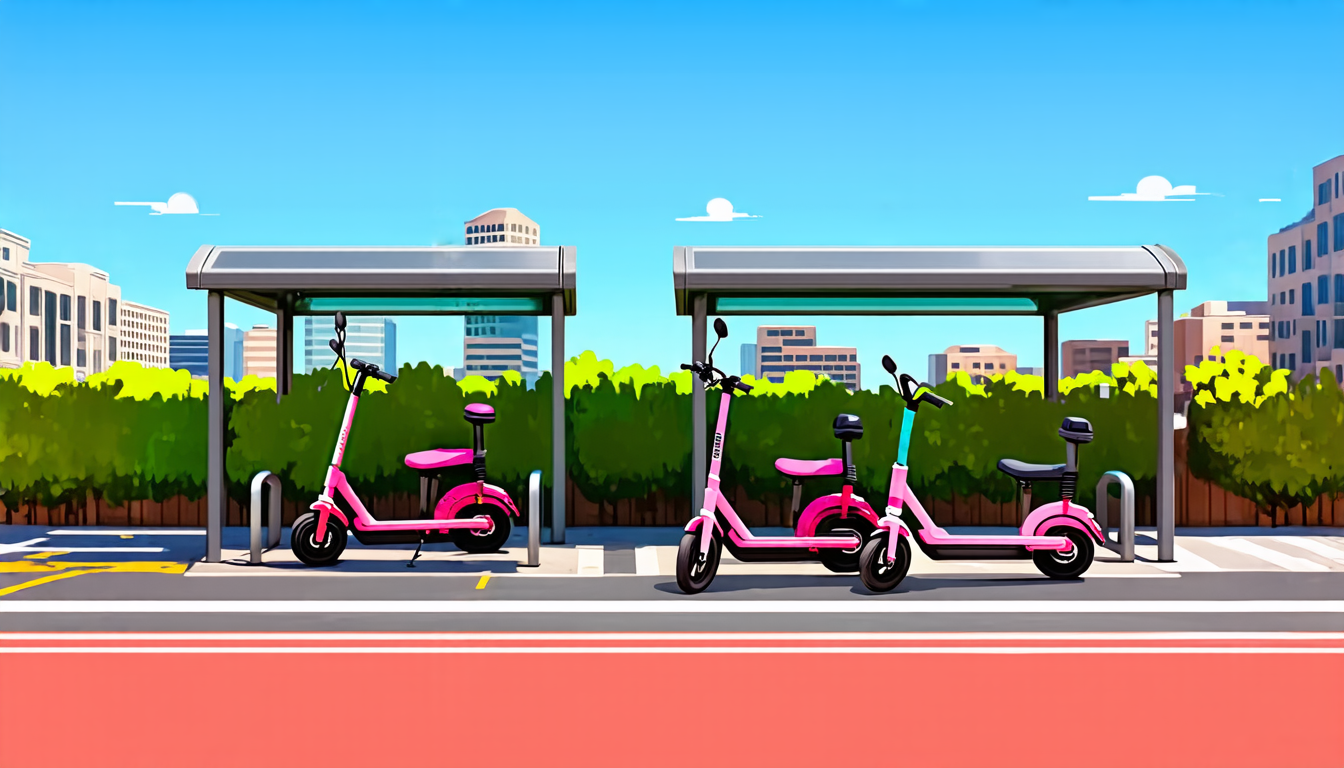Wednesday 16 April 2025
The quest for a more sustainable urban transportation system has been ongoing for decades, with various solutions being proposed and implemented around the world. One such solution is micro-mobility, which refers to the use of small, lightweight vehicles like e-bikes and e-scooters for short-distance travel.
A recent study published in Transportation Research Part D: Transport and Environment analyzed the mode choice behaviors of car users and public transport users in Brisbane, Australia, with a focus on their willingness to adopt micro-mobility alternatives. The researchers used a latent class choice model (LCCM) approach to identify distinct user segments with varying levels of willingness to transition to micro-mobility.
The study found that nearly 60% of car users and 78% of public transport users demonstrated some degree of willingness to adopt micro-mobility, particularly under favorable conditions such as reduced travel time, improved infrastructure, and financial incentives. The results also highlighted the importance of factors like weather conditions, road type, and parking availability in influencing mode choice decisions.
One of the key findings was that users who were more likely to adopt micro-mobility were those who valued convenience, flexibility, and sustainability. These individuals were often younger, full-time workers with a bachelor’s degree or higher, and lived in urban areas with good public transport networks. On the other hand, users who were less likely to adopt micro-mobility tended to be older, have lower incomes, and live in suburban or rural areas with limited public transport options.
The study also identified several policy implications for promoting micro-mobility adoption. For example, providing incentives such as discounts on public transport fares when combined with micro-mobility use could encourage more people to try out these alternatives. Additionally, investing in dedicated infrastructure for micro-mobility, such as bike lanes and parking facilities, could help to increase adoption rates.
The researchers noted that their findings have implications beyond the Brisbane study area, suggesting that similar patterns may be observed in other cities with similar characteristics. They also emphasized the need for further research on micro-mobility adoption and its potential impact on urban transportation systems.
Overall, this study provides valuable insights into the mode choice behaviors of car users and public transport users in a major Australian city, highlighting the potential for micro-mobility to play a significant role in reducing traffic congestion and promoting sustainable urban mobility.
Cite this article: “Unlocking Sustainable Mobility: Insights from a Latent Class Choice Model of Electric Micromobility Adoption”, The Science Archive, 2025.
Urban Transportation, Micro-Mobility, E-Bikes, E-Scooters, Mode Choice Behaviors, Car Users, Public Transport Users, Brisbane, Australia, Sustainability, Traffic Congestion.







